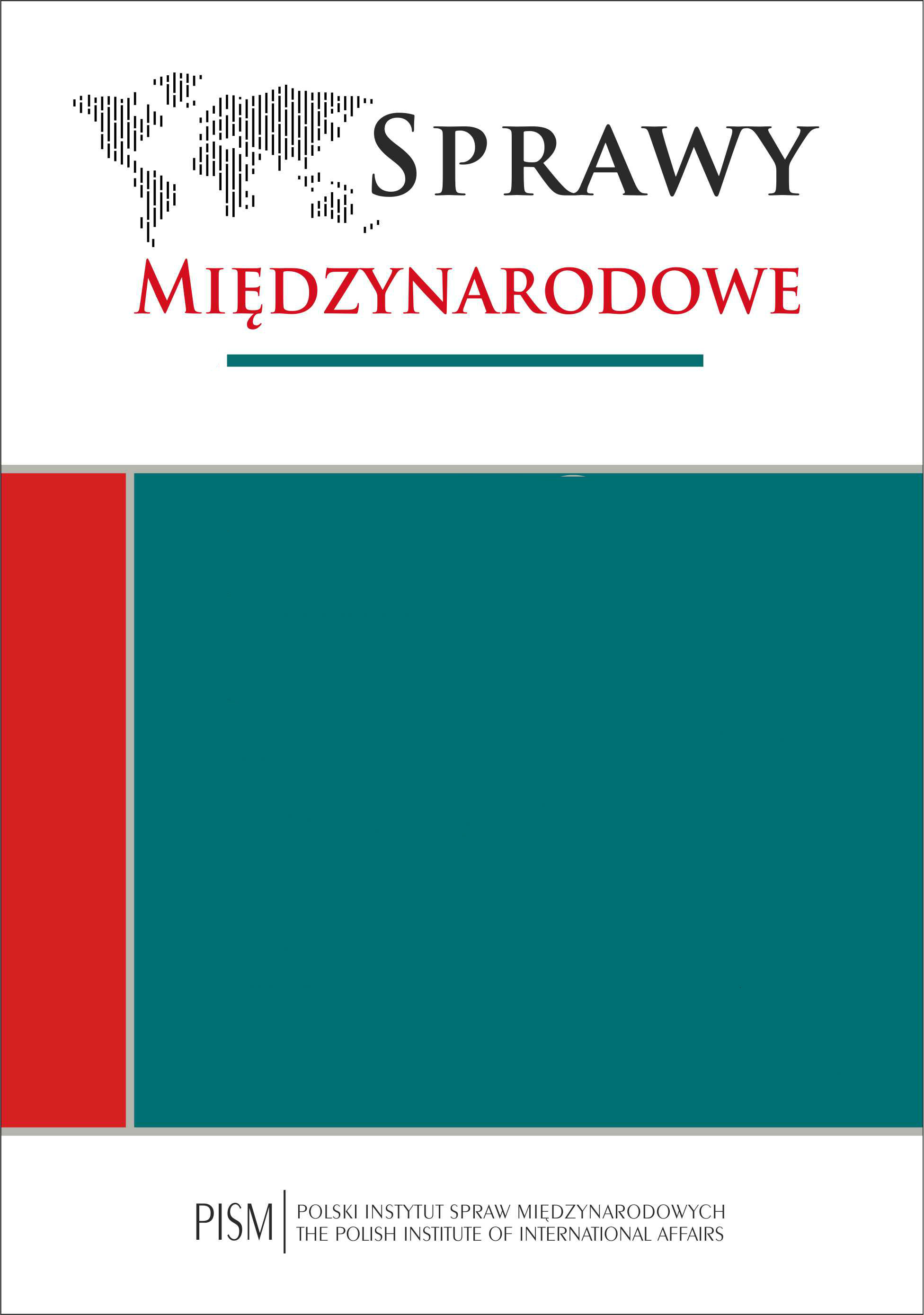Partnerstwo Transpacyficzne – prymat logiki korzyści gospodarczych czy imperatywów strategicznych
Trans-Pacific Partnership – Primacy of the Logic of Economic Benefits and Strategic Imperatives
Author(s): Stanisław KozłowskiSubject(s): Politics / Political Sciences
Published by: PISM Polski Instytut Spraw Międzynarodowych
Summary/Abstract: This article provides an economic and political analysis of the past and current state of the Trans-Pacific Partnership (TPP) project. The precursor of that deal was the so called P4, initiated in 2005 by Brunei, Chile, New Zealand and Singapore. The TPP talks, which have been ongoing since March 2010 and now involve 12 nations (Australia, Brunei, Canada, Chile, Japan, Malaysia, Mexico, New Zealand, Peru, Singapore, the United States, and Vietnam), are aimed at lowering trade barriers across a much wider range of sectors than classical preferential trade agreements. Namely, it aims at not only removing tariffs on goods and services but also would cover labour and the environment, intellectual property, government procurement, and state-owned enterprises. The latter form the cornerstone of the U.S. administration’s economic policy in the Asia-Pacific region. TPP is thus a vital part of the strategy commonly known as the “Pivot towards Asia” and represents America’s attempts to re-engage with Asia in the face of an increasingly influential and assertive China. The newest member to join the negotiations was Japan in July 2013. Its entry has brought a new dynamic to the negotiations process, which is reflected in China’s reconsideration of its possible participation in the future. The challenge is that the TPP compared both developed and developing economies, however at the same time it holds much potential and many opportunities for potential member states.
Journal: Sprawy Międzynarodowe
- Issue Year: 2013
- Issue No: 3
- Page Range: 29-50
- Page Count: 22
- Language: Polish

